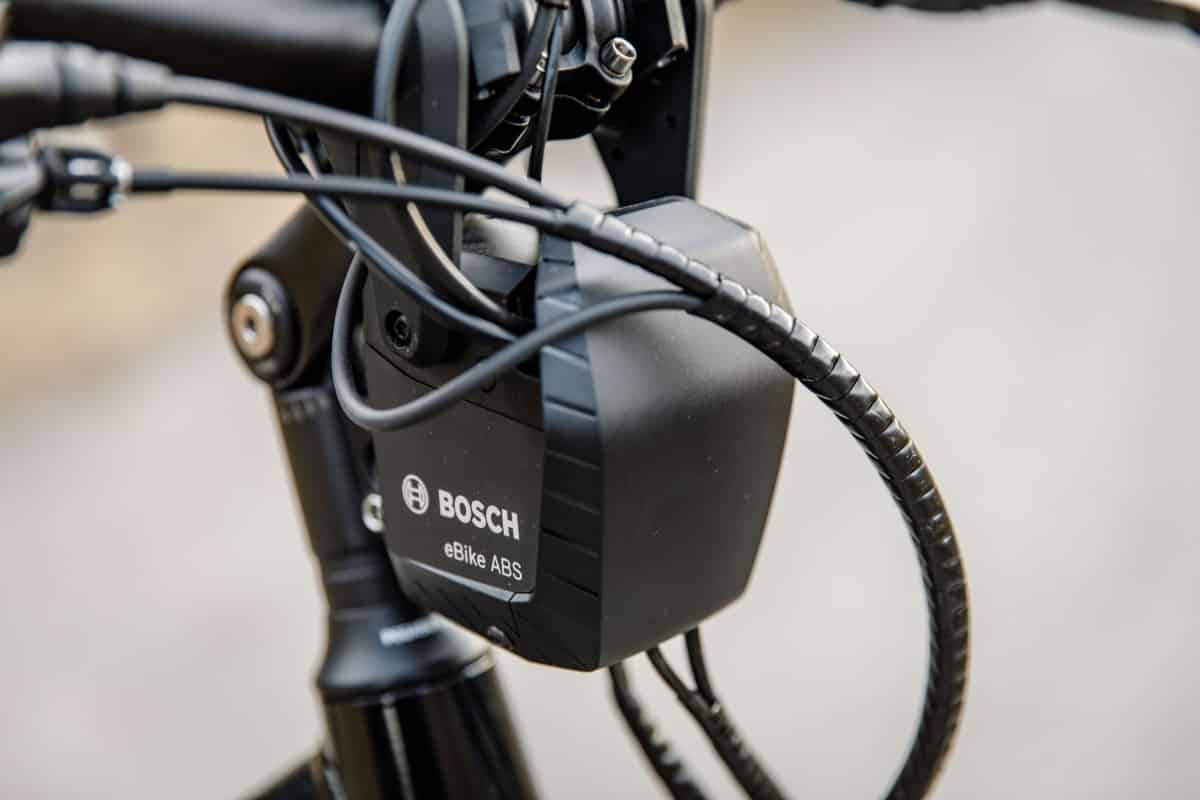
With increasing use of pedelecs, the risk of accidents increases. According to the German Federal Office of Statistics, the curve showing the injuries and fatal accidents displays a steep rise. 4,300 accidents were counted only in the first nine month of 2017 alone. This shows a considerable increase of 28 percent compared to the previous year – with a tendency to rise further. This is not surprising. It is especially older people, who switch to pedelecs. Many of them have however not ridden a bike for years. When they then tread the pedals of a fast vehicle, it can lead to accidents. Alarming: The number of fatal accidents is increasing rapidly.
Breaking incorrectly and too fast
For a study, the Swiss Accident Prevention Center has surveyed more than 4,000 electric bike users on the causes of accidents. More than 51 percent said that the streets are too slippery, while 37 percent admitted to be driving too fast. 26 percent said they were braking too strongly. Multiple answers were possible in the survey. The results showed: apparently, proper braking plays a large role in accidents.
Disc Brakes are Not Enough
Although pedelecs are equipped with disc brakes, this is apparently not sufficient to avoid accidents. Especially during panic braking, the tire grip is reduced. Then add moisture, and the wheels are blocked. A fall or overturning over the handlebar is the result.
Anti-lock Braking System for Pedelecs
It has been long compulsory for motorcycles – but not yet for pedelecs: The anti-lock braking system (ABS). The Zweirad-Fachhandelsverband (ZEG) is launching the PEGASUS Savona EVO 10 and the FLYER Upstreet 4, the first electrical bicycles on the market equipped with a brake assistant. Due to the anti-lock braking system, which is mounted on the handlebar, the weight of the electric bike increases by about 800 grams. Since the average weight of a pedelec is about 25 kilograms, this does not seem to be a disadvantage.
How does ABS work for E-Bikes?
Two sensors are mounted onto the break discs. They measure the wheel speed. If the speed decreases or there is a significant difference in speed between front- and rear-wheel, the ABS control unit reduces the brake pressure for factions of a second. Just until both wheels run at the same speed again. The brake pressure is then rebuilt. This process keeps repeating itself within seconds, until the cyclist comes to a safe halt. The anti-lock braking system works only with the front brake. This is because a blocking rear wheel is less of a problem than a front wheel. If the front wheel comes to a standstill or is out of sync, the e-bike driver risks being thrown over the handlebar.
No Slippage due to Braking
Even those who brake strongly and abruptly with their ABS-pedelec cannot slip sideways. And that even at high speeds, on a smooth ground. With the new ABS, accidents could therefore be avoided in the future. However, the ABS-pedelecs come at a stiff price. The Pegasus Savona costs 3,799 euros. The model Flyer Upstreet can be configured individually. The base price of the ABS version is 4,299 euros.
Did you Know? When is it called Pedelec and when E-Bike
A pedelec (Pedal Electric Cycle) is an electric bike, that only uses the electric drive when the cyclist steps into the pedals at the same time. The terms e-bike, predelec and electric bicycle are however used synonymously in Germany and Austria. The Swiss prefer the term e-bike.
According to paragraph 39 (7) of the German Road Traffic Code , an e-bike is a moped with one seat, two wheels and an electric drive. At a speed of 25 km/h, this switches off automatically. A pedelec is in Germany legally equated to the bicycle. However, the engine is not allowed to perform at more than a maximum of 250 watts and exceed a maximum speed of 25 km/h. There is no obligation for the use of a helmet, a liability insurance or a number plate.
Faster than 25 km/h
If the speed of the pedelec is over 25 km/h, it is called a s-pedelec. Legally, they fall into the category of mopeds. They thus require an operating permit and are obligated to be insured, have a license plate and require a driving license.
In Switzerland, a pedelec is equipped with a motor of a maximum of 500-watt. This allows a top speed of 25 km/h. Legally this is a lightweight bike. A bike, that drives up to 45 km/h – an s-pedelec – is legally a moped. For this, a driving license and a license plate are required.


